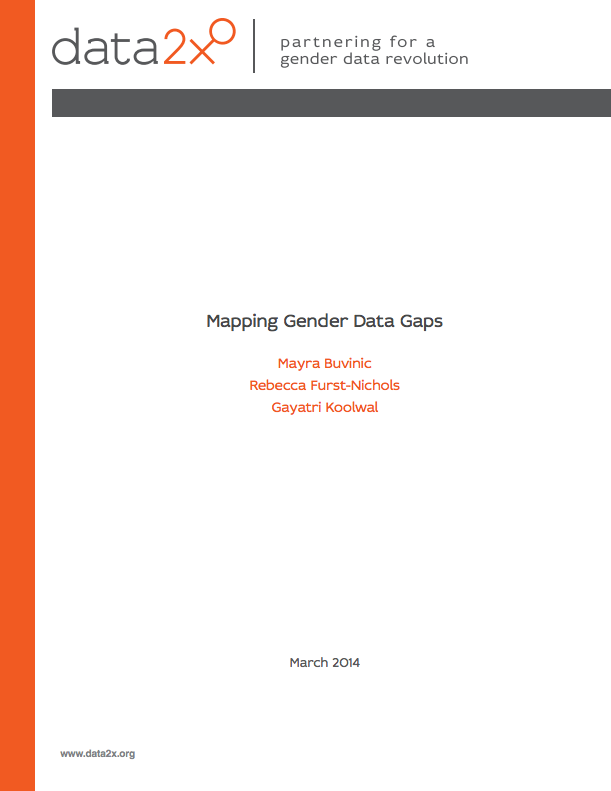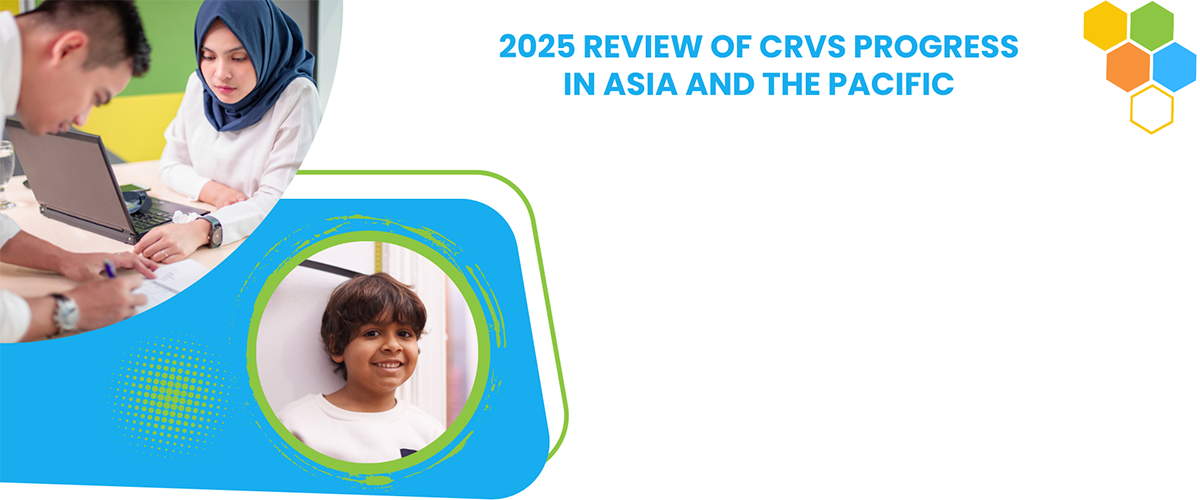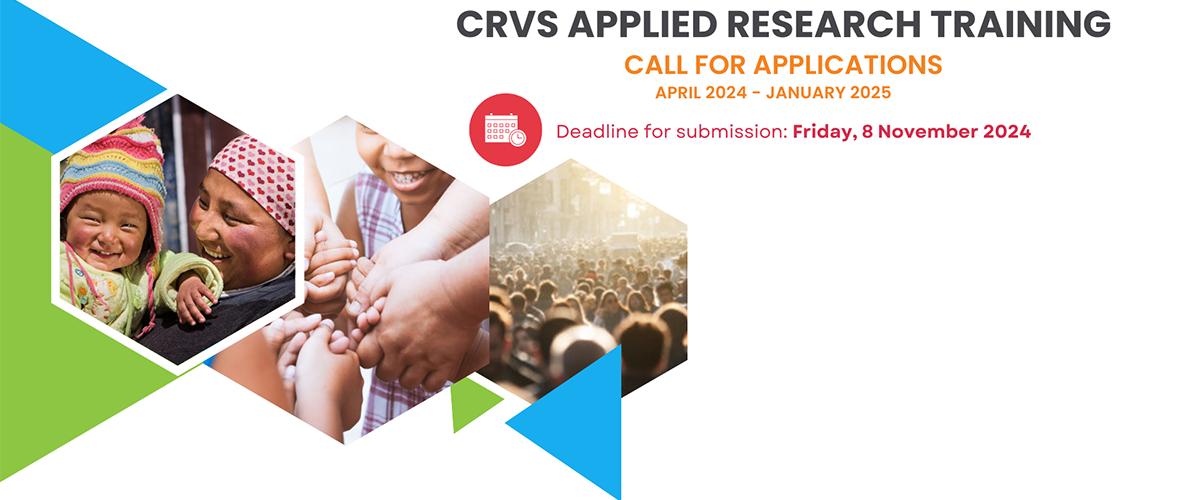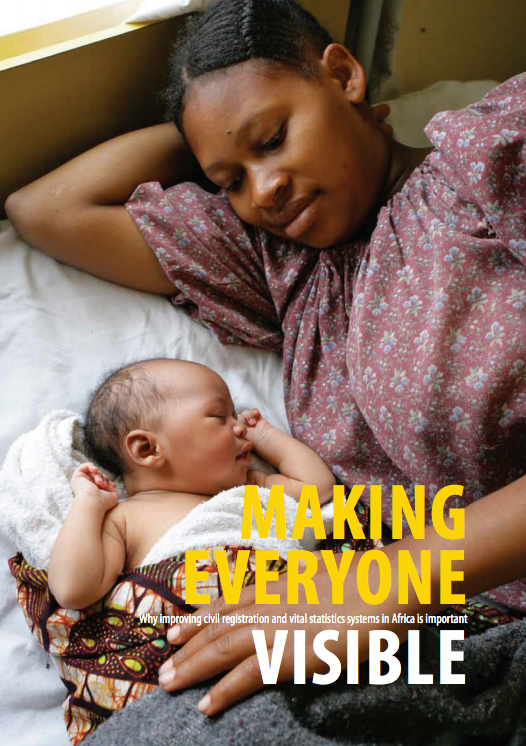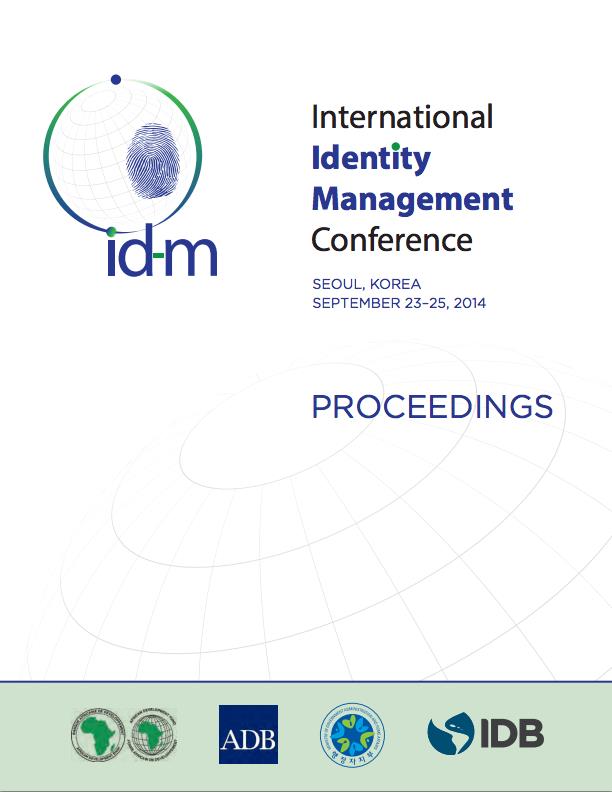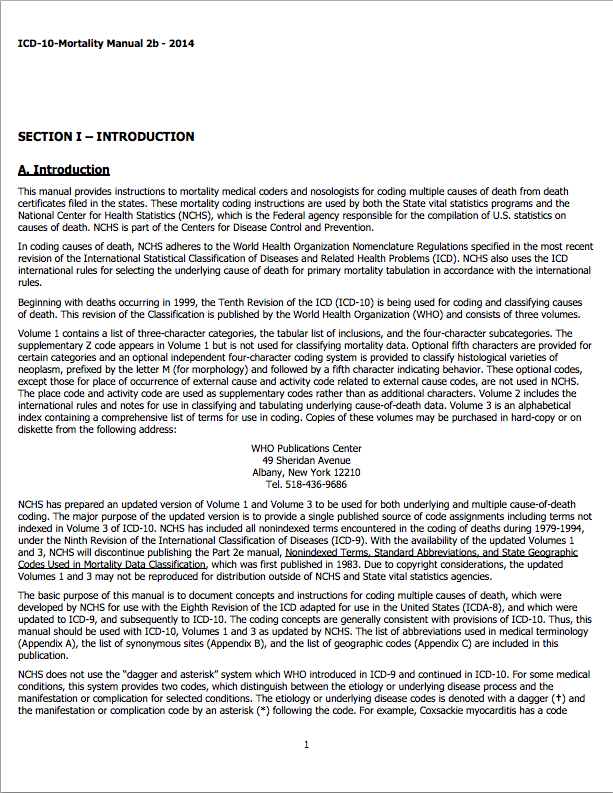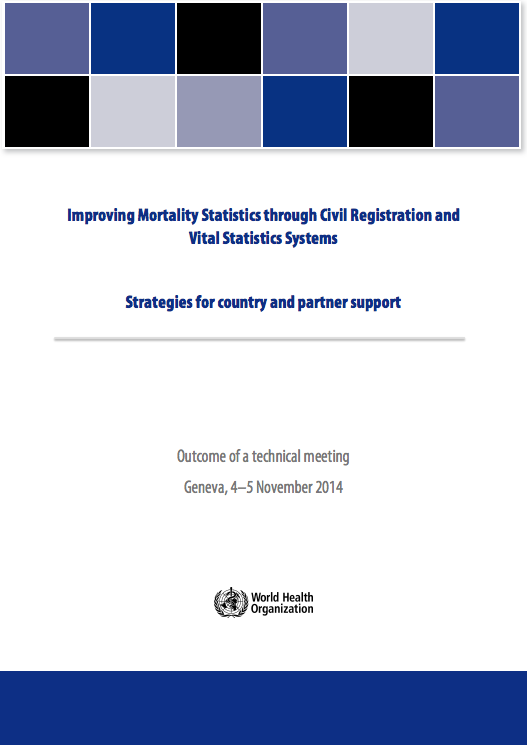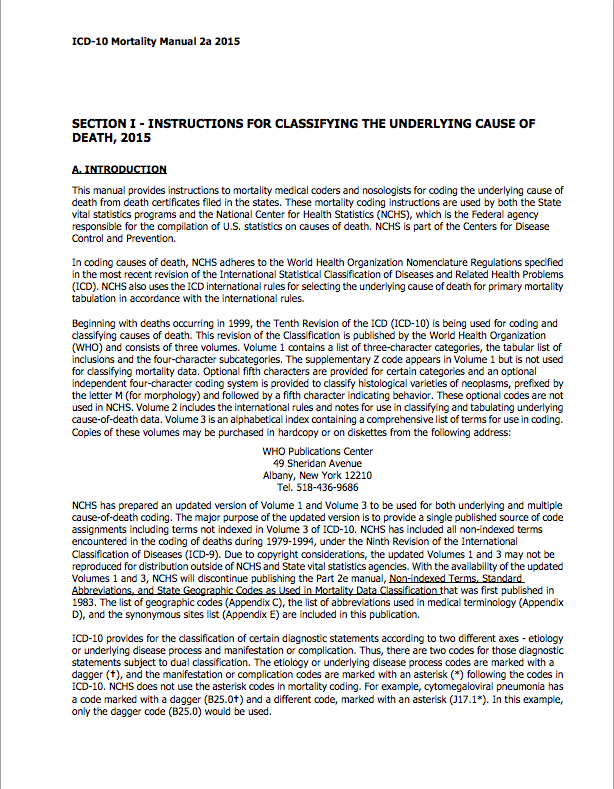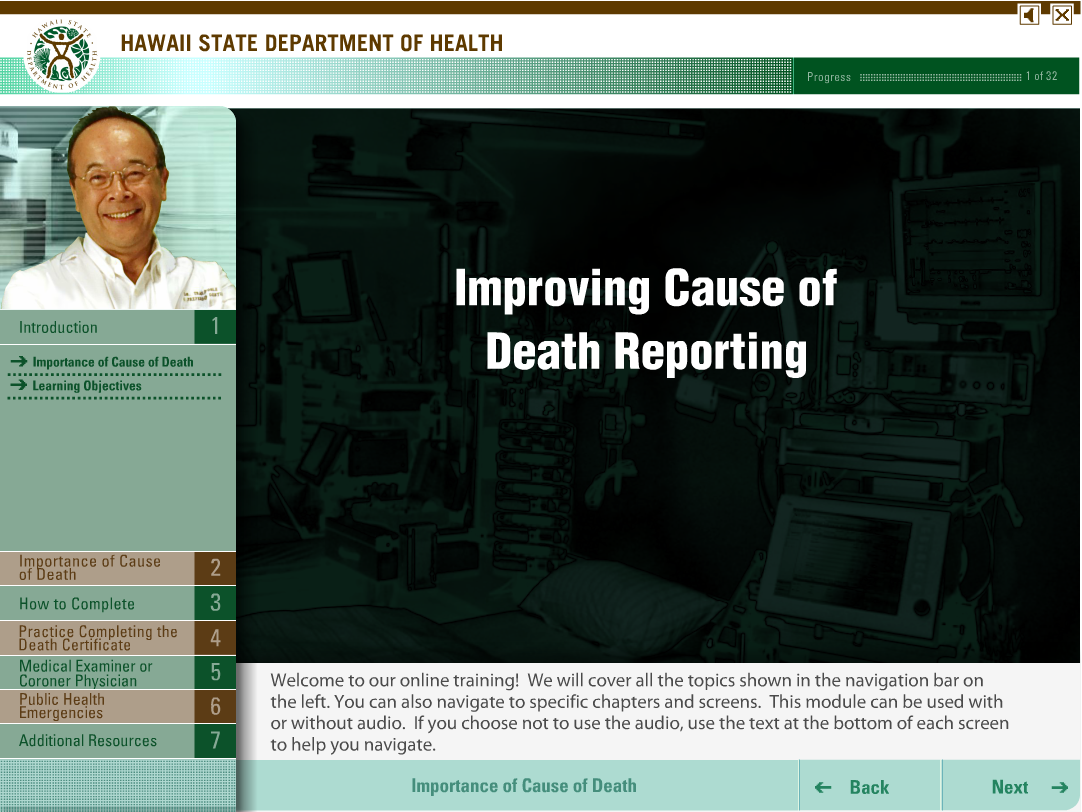Mapping Gender Data Gaps
Data2X, named for the power women have to multiply progress in their societies, aims to advance gender equality and women’s empowerment through improved data collection and analysis that can provide a solid evidence-base to guide development policy. To provide basic information for a Data2X roadmap, this report maps gender data gaps in developing countries across five domains of women’s empowerment: (1) health, (2) education, (3) economic opportunities, (4) political participation, and (5) human security.
